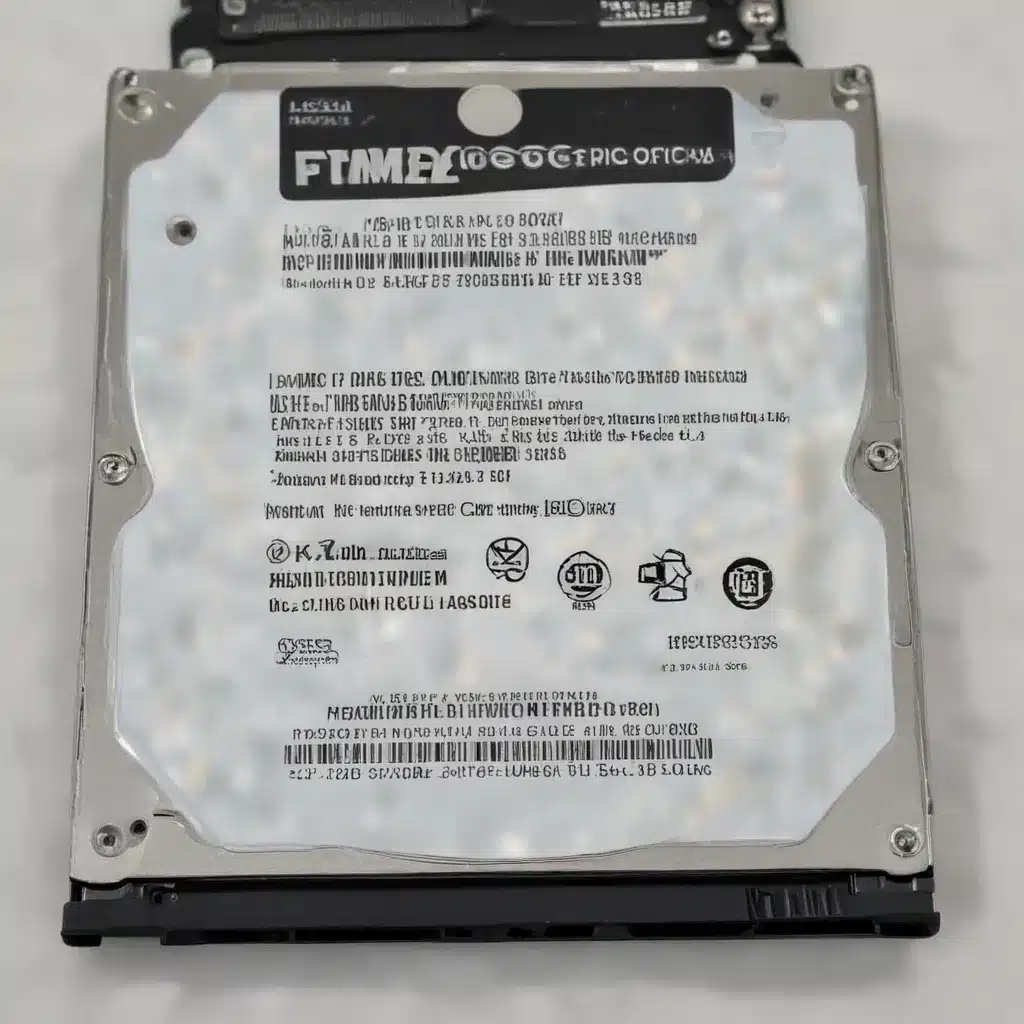
As an experienced IT professional, I’ve seen countless questions from users seeking guidance on replacing their laptop’s optical drive. Whether you’re looking to upgrade from a standard DVD drive to a Blu-ray player or simply want to swap out a malfunctioning unit, the process can seem daunting. However, with the right information and a bit of know-how, you can easily install a new CD, DVD, or Blu-ray drive in your laptop.
Understanding Laptop Optical Drive Compatibility
One of the most common questions I receive is whether laptop optical drives are universally compatible. The good news is that, for the most part, they adhere to standard form factors and interfaces. Most modern laptop optical drives use the ATAPI (Advanced Technology Attachment Packet Interface) standard, which is a PATA (Parallel ATA) interface.
This means that as long as the replacement drive you choose matches the physical size and ATAPI/PATA specifications of your existing drive, it should be a relatively straightforward swap. However, it’s essential to double-check the specific details for your laptop model to ensure a perfect fit.
Matching Physical Dimensions
Laptop optical drives typically come in two standard sizes: “regular” and “slim.” The slim drives are thinner, which can sometimes result in differences in the disk loading and ejecting mechanisms. While the overall dimensions are usually the same, it’s crucial to verify that the replacement drive matches the size of your existing unit.
Some ultra-portable laptops may have customized optical drive designs, in which case you’ll need to find an exact replacement. Consulting your laptop’s service manual or manufacturer specifications can help you determine the correct physical dimensions.
Verifying the Interface
In addition to the physical size, you’ll also want to ensure that the interface on the replacement drive matches your laptop’s specifications. As mentioned earlier, most modern laptops use the ATAPI/PATA standard, but there are rare instances where a slim SATA (Serial ATA) optical drive may be used.
To confirm the interface, you can check your laptop’s service manual or use a system information tool like SIW (System Information for Windows) to identify the details of your current optical drive. This will help you select a replacement that is fully compatible with your system.
Preparing for the Optical Drive Replacement
Before you begin the replacement process, it’s essential to have the necessary tools and components on hand. You’ll typically need the following:
- The replacement optical drive
- A small Phillips screwdriver
- An anti-static work surface or mat
Additionally, it’s a good idea to back up any important data on your laptop before proceeding, just in case any issues arise during the replacement.
Step-by-Step Optical Drive Replacement
With the necessary preparations in place, let’s walk through the process of replacing your laptop’s optical drive:
1. Power Off and Disconnect the Laptop
Begin by powering off your laptop and unplugging it from the power source. This will ensure your safety and prevent any potential damage to the internal components.
2. Access the Optical Drive
Locate the optical drive in your laptop, which is typically found on the side or front of the device. Consult your laptop’s service manual or manufacturer instructions to identify the correct removal process, as it may vary depending on the model.
3. Disconnect the Optical Drive
Carefully remove any screws or securing mechanisms that hold the optical drive in place. Gently disconnect the data and power cables from the back of the drive, taking note of their orientation for the reinstallation.
4. Install the New Optical Drive
Align the replacement optical drive with the mounting points in your laptop, ensuring it fits snugly. Reconnect the data and power cables, making sure they are securely in place.
5. Secure the New Drive
Replace any screws or securing mechanisms to hold the new optical drive firmly in place. Consult your laptop’s service manual for the specific steps, as the process may vary depending on the model.
6. Power On and Test the New Drive
Reconnect your laptop to the power source and turn it on. The new optical drive should be recognized by your operating system. Test the drive by inserting a disc and ensuring it functions as expected.
Addressing Common Optical Drive Replacement Challenges
While the replacement process is generally straightforward, there are a few potential challenges you may encounter:
Difficulty Finding the Correct Replacement Drive
If you’re having trouble locating a compatible replacement drive, try searching for the make and model of your current optical drive. Alternatively, you can contact the laptop manufacturer or a reputable online retailer for recommendations on suitable replacement options.
Unexpected Compatibility Issues
In rare cases, you may encounter compatibility issues, even if the replacement drive appears to match your laptop’s specifications. If this happens, double-check the interface and physical dimensions, or consider consulting a professional IT technician for further assistance.
Covering the Optical Drive Opening
If you choose to remove the optical drive permanently, you’ll need to find a way to cover the resulting opening in your laptop’s chassis. Some users opt for custom 3D-printed covers or simple adhesive patches to maintain a clean, professional appearance.
The Decline of Optical Drives: Necessity in 2022 and Beyond
As technology continues to evolve, the use of optical drives in laptops and desktops has gradually declined. Many modern PC cases and laptop designs no longer include dedicated bays for CD, DVD, or Blu-ray drives, as digital distribution and cloud-based storage have become increasingly prevalent.
However, for specific use cases, such as backing up data, watching movies, or installing software from physical media, an optical drive may still be a necessary component. Users should carefully evaluate their needs and consider whether retaining or replacing the optical drive is the best choice for their computing setup.
Conclusion
Replacing a laptop’s optical drive is a relatively straightforward process, provided you take the time to ensure compatibility and follow the manufacturer’s instructions. By understanding the key considerations, such as physical dimensions and interface types, you can successfully install a new CD, DVD, or Blu-ray drive in your laptop, ensuring continued access to optical media and storage solutions.
Remember, if you encounter any challenges or are unsure about the replacement process, it’s always best to consult a professional IT technician or the laptop manufacturer for guidance. With the right approach, you can easily upgrade or maintain your laptop’s optical drive capabilities.
For more information and practical tips on computer repair and IT solutions, be sure to visit IT Fix – your go-to resource for all things technology.












